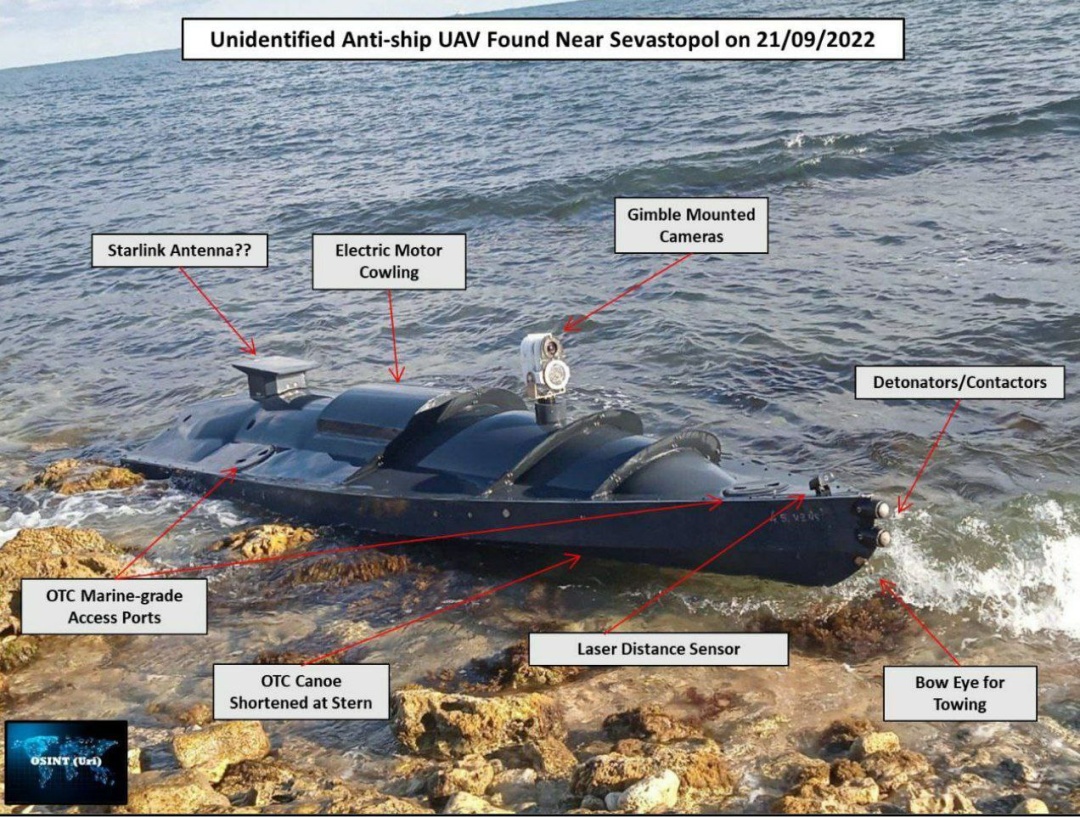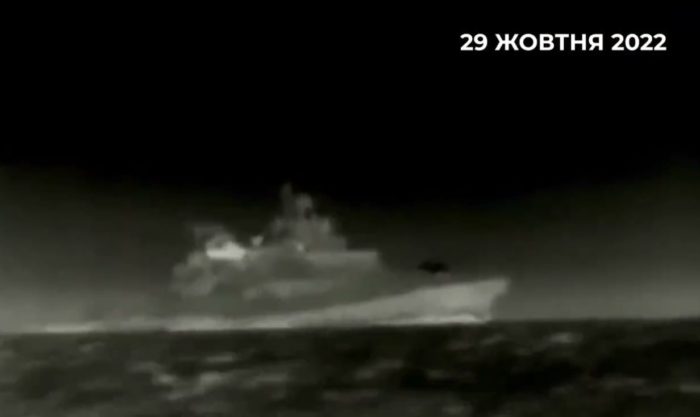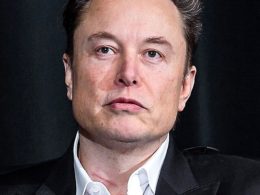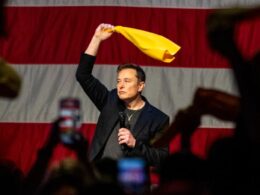Billionare and SpaceX CEO Elon Musk had indeed blocked Starlink coverage during Ukraine’s first attack on the Russian Black Sea Fleet in occupied Crimea, the Ukrainian media Ukrainska Pravda reported, citing eyewitnesses of the events.
This contradicts Musks’ earlier claims, when he denied switching off the connection during Ukraine’s first major attack on Crimea. he said that he directed SpaceX to decline the Ukrainian government’s request to activate Starlink satellite internet connectivity on the route to Crimea. However, participants of the events clearly indicate that the connection was abruptly halted 70 km away from the target.
The attack happened in the night of 16-17 September 2022. Ukraine tried using maritime drones against Russian vessels in the bay of occupied Sevastopol for the first time, but 70 km from the target, the connection with Starlink was lost. Persuading Musk to switch the connection back on was impossible, so Ukraine modified the drones.
This was the dawn of Ukraine’s innovative marine drone program which has ever since revolutinized naval warfare.
But that night, Ukraine’s Security Service chief Vasyl Maliuk, Navy Commander Oleksiy Neizhpapa, vice Prime Minister Mykhailo Fedorov, and the ideologist of the entire surface drone program, Brigadier General of the SBU Military Counterintelligence, call sign “Hunter,” watched the progress of the drones from a protective bunker. The drone design was still so raw that some of them drowned at sea or blew themselves up on the way to the bay Sevastopol Bay.
However, five boats, each carrying 108 kilograms of TNT, managed to break through the waves and were approaching Sevastopol, where the Russian flagship Admiral Makarov was standing by. However, when only 60-90 minutes separated the drones from attack, the Starlink communication was gone.
“We were 70 kilometers away from the Admiral Makarov frigate. Everyone was on edge, as we were going to attack it. And then, our communication was cut off. Elon Musk switched off Starlink, which we used to control the vessels,” one of the participants recalls the events.
The mission was on the verge of failure; Vice Prime Minister Fedorov attempted to persuade Musk, but “he didn’t listen,” a participant recalls. The Ukrainian military tried to find another solution to turn on the connection, but to no avail: they were told that Starlink is a private company and cannot be pressured.

Only two vessels returned to base from that attack. However the information they provided about the bay was precious.
“We had a whole military laboratory in the SBU and the Navy that studied everything, took it all into account, and allowed us to return and strike Sevastopol. Literally within a month,” says one of the developers.
Indeed, Ukraine struck Admiral Makarov, Russia’s flagship after the sinkage of Moskva, on 29 October 2022 in a combined aerial and naval drone attack that was unprecedented in naval history.
According to Ukrainska Pravda, the idea to develop naval drones using Starlink satellite communication arose in June 2022 when SBU’s “Hunter” got an idea to make a naval version of aerial drones using Starlink sets to transmit information.
For months, a team of developers had experimented with creating naval drones that would be able to chase away the Russian Black Sea fleet, which was blocking Ukraine’s grain exports and bombarding Ukraine’s infrastructure from sea-based Kalibr missiles. After the first mission thwarted by Musk, the naval drones received several independent channels to transmit information, with the newest models having three such channels.
Elon Musk’s Starlink controversy in Ukraine
Following Russia’s invasion in 2022, communications systems were disrupted, and the need for reliable internet, especially for military operations, became crucial. Elon Musk offered SpaceX’s Starlink internet, which became a game-changer for Ukraine: it allowed to coordinate military efforts and maintain governmental operations.
However, it appeared that soon Musk had second thoughts. He explained the thwarted drone attack on 16-17 September 2022 by saying he decided to “keep Starlink disabled” near Crimea — a claim which is contradicted by Ukrainska Pravda’s report.
“The obvious intention being to sink most of the Russian fleet at anchor,” Musk wrote in a series of tweets. He added that complying with Ukraine’s request would have made SpaceX “explicitly complicit in a major act of war” and escalated the war.
In October 2022, Elon Musk tweeted a suggestion that Ukraine should essentially surrender to Russia, sparking controversy. Additionally, Musk confirmed he did not want to continue financing the Starlink service for Ukraine’s Army and requested the Pentagon take over the funding for the Starlink satellite services in Ukraine. However, following internet debates, Musk agreed to keep funding the Starlinks for the Ukrainian government.
Later, in February 2023, SpaceX restricted Ukraine’s ability to use Starlink for directing drones, citing a violation of service terms.
SpaceX’s president, Gwynne Shotwell, stated that the company had taken steps to limit the Ukrainian armed forces’ ability to use Starlink offensively, without providing further details.
Ever since, Musk continues to spark controversy with tweets such as an accusationn that there is no resistance movement in Russian-occupied Ukraine (false) and a suggestion that the US should not support Ukraine financially.
Related:
- What Russian Black Sea Fleet ships were destroyed by Ukraine
- Ukraine’s innovative naval tactics shifted balance of power despite lack of warships
- Official: Russian ships pushed back 185 km from Ukrainian coast
- How Ukraine’s scrappy marine drones are revolutionizing naval warfare
- Drone developer: “Even if only one out of ten marine drones reaches the target, this is a very successful case”






